Abstract
Respectable scientific opinion holds that the human species is on the verge of untimely extinction. Species become extinct due to what may be viewed as natural reasons that are external to the species. At the current stage of knowledge, there is no definite prediction that the human species is about to become extinct due to the convergence of natural background factors or some catastrophic event, such as the striking of a giant asteroid. The extinction of the species will most likely be caused by the suicidal behaviour of the species itself. The species-terminating behaviour is the result of the most sophisticated thinking pursued for hundreds of years in great centres of learning. In that sense, there is a direct correlation between the culture of enlightenment and the untimely extinction of the species. According to Noam Chomsky, the so-called least advanced people are the ones taking the lead in trying to protect all of us from extinction. Informed by their ancient knowledge-systems, indigenous populations across the world are resisting the plunder of the planet. However, indigenous knowledge-systems are in radical conflict not only with global capitalism but with modern education itself, thus raising the issue of radical choice. This is because the so-called enlightened conception of education, which is primarily responsible for bringing the species to the brink of extinction, is uncritically assumed to be the only one we have. The issue goes much beyond the classical domain of the pedagogy of the oppressed.




